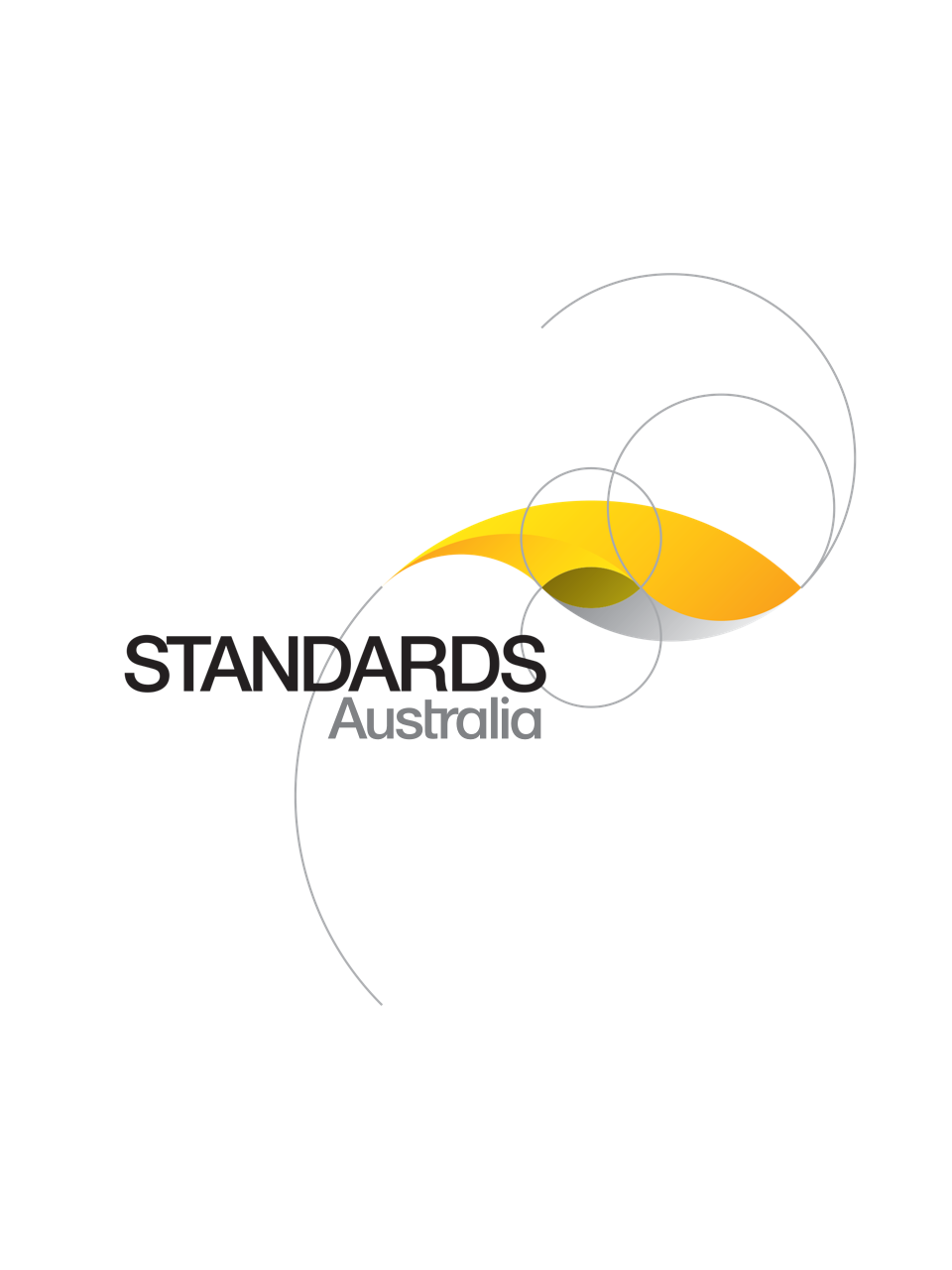Standard
Track updates
AS 5335:2019
[Current]Acoustics — Determination of sound power levels and sound energy levels of noise sources using sound pressure — Engineering methods for an essentially free field over a reflecting plane
The objective of this Standard is to specify methods for determining the sound power level or sound energy level of a noise source from sound pressure levels measured on a surface enveloping the noise source (machinery or equipment) in an environment that approximates to an acoustic free field near one or more reflecting planes.
Published: 15/07/2019
Pages: 80
Table of contents
Cited references
Content history
Table of contents
Header
About this publication
Preface
Foreword
Introduction
1 Scope
1.1 General
1.2 Types of noise and noise sources
1.3 Test environment
1.4 Measurement uncertainty
2 Normative references
3 Terms and definitions
4 Test environment
4.1 General
4.2 Criteria for background noise
4.2.1 Relative criteria
4.2.1.1 General
4.2.1.2 Frequency band measurements
4.2.1.3 A-weighted measurements
4.2.2 Absolute criteria
4.2.3 Statement of non-conformity with criteria
4.3 Criterion for acoustic adequacy of test environment
4.3.1 General
4.3.2 Criterion for environmental correction
5 Instrumentation
5.1 General
5.2 Calibration
6 Definition, location, installation, and operation of noise source under test
6.1 General
6.2 Auxiliary equipment
6.3 Noise source location
6.4 Mounting of the noise source
6.4.1 General
6.4.2 Hand-held machinery and equipment
6.4.3 Base-mounted, wall-mounted, and tabletop machinery and equipment
6.5 Installation and mounting conditions for moving noise sources
6.6 Operation of source during test
7 Reference box and measurement surface
7.1 Reference box
7.2 Measurement surface
7.2.1 General
7.2.2 Microphone orientation
7.2.3 Hemispherical measurement surface
7.2.4 Parallelepiped measurement surface
7.2.5 Cylindrical measurement surface
7.2.6 Combination measurement surface
8 Determination of sound power levels and sound energy levels
8.1 Microphone positions on the measurement surface
8.1.1 Hemispherical measurement surface
8.1.2 Parallelepiped measurement surface
8.1.3 Cylindrical measurement surface
8.1.4 Combination measurement surface
8.2 Determination of sound power levels
8.2.1 Measurement of sound pressure levels
8.2.2 Calculation of mean time-averaged sound pressure levels
8.2.2.1 Measurement surface with microphone positions or traverses uniformly distributed
8.2.2.2 Measurement surface with segments having unequal areas
8.2.3 Corrections for background noise
8.2.4 Calculation of surface time-averaged sound pressure levels
8.2.5 Calculation of sound power levels
8.3 Determination of sound energy levels
8.3.1 Measurement of single event time-integrated sound pressure levels
8.3.2 Calculation of mean single event time-integrated sound pressure levels at each microphone position
8.3.3 Calculation of mean single event time-integrated sound pressure levels over the measurement surface
8.3.4 Correction for background noise
8.3.5 Calculation of surface single event time-integrated sound pressure levels
8.3.6 Calculation of sound energy levels
8.4 Calculation of apparent directivity indices
8.5 Calculation of apparent surface sound pressure level non-uniformity index
8.6 A-weighted sound power level and sound energy level
9 Measurement uncertainty
9.1 Methodology
9.2 Determination of σomc
9.3 Determination of σR0
9.3.1 General
9.3.2 Round robin test
9.3.3 Modelling approach for σR0
9.4 Typical upper bound values of σR0
9.5 Total standard deviation σtot and expanded measurement uncertainty U
10 Information to be recorded
10.1 General
10.2 Noise source under test
10.3 Test environment
10.4 Instrumentation
10.5 Acoustical data
11 Test report
Annex A
A.1 General
A.2 Absolute comparison test
A.2.1 General
A.2.2 Locations of reference sound source in test environment
A.3 Determination of the environmental correction based on room absorption
A.3.1 General
A.3.2 Reverberation method
A.3.3 Two-surface method
A.3.4 Determination of the equivalent absorption area A with a reference sound source (direct method)
A.3.5 Approximate method for measurements made with A-weighting
Annex B
B.1 Microphone positions and additional microphone positions
B.2 Microphone positions for sources adjacent to two reflecting planes
B.3 Microphone positions for sources adjacent to three reflecting planes
B.4 Measurement paths
Annex C
C.1 Microphone positions for sources mounted on one reflecting plane
C.2 Microphone positions for sources adjacent to two or three reflecting planes
Annex D
Annex E
E.1 A-weighted sound power levels
E.2 A-weighted sound energy levels
E.3 Values of k and Ck for use in calculations
Annex F
F.1 General
F.2 Microphone positions on the measurement surface
Annex G
Annex H
H.1 General
H.2 Considerations on the total standard deviation σtot
H.3 Considerations on σomc
H.4 Considerations on σR0
H.4.1 General
H.4.2 Contributions to the uncertainty σR0
H.4.2.1 General
H.4.2.2 Measurement method
H.4.2.3 Sound pressure measurement repeatability
H.4.2.4 Measurement distance
H.4.2.5 Background noise correction
H.4.2.6 Environmental reflections
H.4.2.7 Meteorological and radiation impedance corrections
H.4.2.8 Sound level meter
H.4.2.9 Sampling
H.4.2.10 Angle
H.4.2.11 Temperature
H.4.2.12 Humidity
H.4.2.13 Typical value for σR0
H.5 Combined standard uncertainty
H.6 Measurement uncertainty based on reproducibility data
Bibliography
Cited references in this standard
One-time Purchase
Access via web browser on any device
One-time purchase
Single publication
Offline access via PDF^
$275.61 AUD
Inclusive of GSTFormat *
Web Reader
Licenses *
1 License (for yourself - not shareable)
Total$275.61 AUD
IMPORTANT
